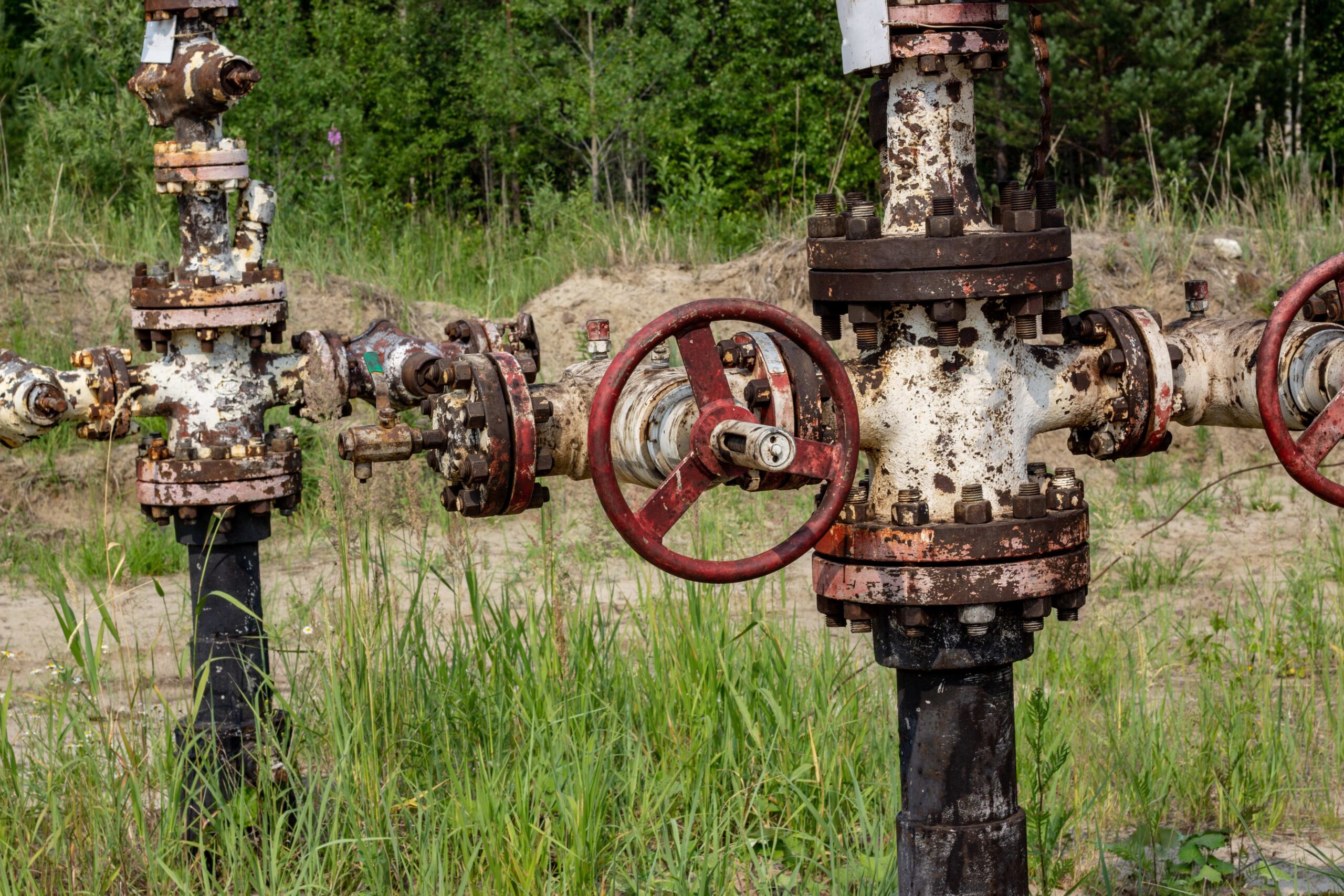This website uses cookies so that we can provide you with the best user experience possible. Cookie information is stored in your browser and performs functions such as recognising you when you return to our website and helping our team to understand which sections of the website you find most interesting and useful.
ACR Publishes International Ozone Depleting Substances Destruction Methodology

LITTLE ROCK, AR, September 16, 2021 – The American Carbon Registry (ACR), a non-profit enterprise of Winrock International, is celebrating the International Day for the Preservation of the Ozone Layer by announcing the approval of a new Methodology for the Quantification, Monitoring, Reporting and Verification of GHG Emissions Reductions from the Destruction of Ozone Depleting Substances (ODS) from International Sources. The Methodology builds on ACR’s existing ODS destruction methodology, which is applicable only for U.S. domestically sourced and destroyed ODS, by establishing the applicability, eligibility, and monitoring provisions for ODS sourced from and/or destroyed in locations outside of the U.S. and its territories.
The new Methodology significantly broadens the scope of eligible opportunities to remove high GWP ODS from circulation and storage through permanent destruction of these harmful greenhouse gases (GHG). The new methodology significantly expands opportunities for global climate action as large quantities of these now banned substances remain in storage and equipment around the world, their only fate being to continue leaking into the atmosphere.
“This Methodology provides new opportunities for ambitious climate action to help eliminate one of the most potent sources of global warming we face,” said Mary Grady, Executive Director of ACR. “While the world has made significant progress in phasing out ozone depleting substances, there are still far too many of these in products and devices that we use around the world every day. It’s clear that the carbon market is providing incentives to permanently destroy these harmful substances and shift to more climate-friendly alternatives.”
ODS are substances like chlorofluorocarbons (CFCs) and hydrochlorofluorocarbons (HCFCs) that are often used within refrigeration and air conditioning systems, aerosol sprays, medical devices and foam blowing agents for insulation and noise reduction in buildings, appliances, coolers, marine applications and industrial pipe insulation. CFCs and HCFCs are internationally designated as ODS because they participate in chemical reactions in the atmosphere that deplete the stratospheric ozone layer.
ODS are also some of the most dangerous greenhouse gases in terms of climate change, with four-to-ten thousand times the heat trapping properties of carbon dioxide. Global Warming Potential (GWP) is a measurement to assess the global warming impacts for different gases compared to an equal amount of carbon dioxide; ODS have GWPs of between 4,750 to 10,900.
Although the production and consumption of CFCs has been phased out by all nations, the use of these ODS continues, and it is common in many countries to recycle these compounds for reuse in equipment that was originally designed to use them until the equipment is retired. Continued use of ODS leads to ODS refrigerants leaking into the atmosphere at rates estimated by the EPA to be up to 25 percent annually. Worse still, ODS are sometimes vented during servicing or disposal of equipment though certain countries ban this practice. As equipment using CFCs reach end of life, there is dwindling use for the remaining ODS. Because destruction is not mandated, unused supplies can be stored for long periods over which time they leak into the atmosphere unless destroyed.
Under the Montreal Protocol, the production of CFC refrigerants within signatory countries was phased out in 2010 and has already achieved significant progress. According to recent analysis, the ban on producing new ODS has prevented as much as 0.5 to 1 degree Celsius of extra global warming by the end of the century.
Despite the progress made under the Montreal Protocol, ODS still represent a significant input of GHGs into the atmosphere that can contribute to future global warming now and into the future. Destruction of ODS is a big bang for the buck, no regrets, common sense, right-now GHG mitigation strategy. The latest IPCC report for the first time dedicated a chapter to addressing the need to significantly remove or reduce pollutants like ODS that have a high GWP in the near-term. The report states that waiting to act on eliminating these GHG emissions will make it significantly harder for society to meet Paris Agreement targets.
Recent estimates show that eliminating ODS like CFCs could avoid as much as the equivalent of 9 billion metric tons of CO2 between 2020 -2100, comparable to avoiding the emissions of nearly two billion passenger vehicles for one year. Carbon markets are essential for catalyzing this type of climate action as there is no regulatory requirement in most countries to destroy ODS even if its production has been banned. In fact, roughly 25 million tons CO2-e of ODS has already been destroyed in the U.S. since around 2010 incentivized through the California Air Resources Board cap and trade offset program.
The ACR methodology provides a carbon market incentive to destroy these materials worldwide. It provides a framework for the quantification, monitoring, reporting and verification of GHG gas emission reductions associated with the sourcing and destruction of high GWP ODS sourced from equipment, refrigeration systems, or other supplies, including but not limited to cans, cylinders, and other containers of recovered, reclaimed or unused ODS. All eligible ODS must be sourced from locations outside of the U.S. and its territories. ODS can be destroyed at facilities within and outside of the U.S. that meet EPA or TEAP requirements.
“In order to effectively prevent catastrophic climate change, collecting and destroying non-CO2 gases like ODS refrigerants is essential,” said Tim Brown, CEO of Tradewater a leading developer of ODS carbon offset projects. “Extending ACR’s protocol internationally is an important step in helping to bring this work to scale around the world.”




